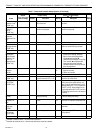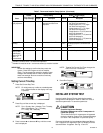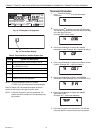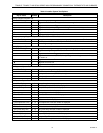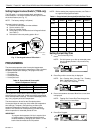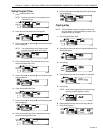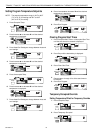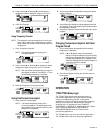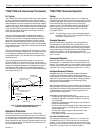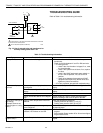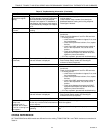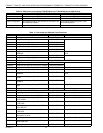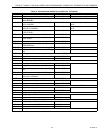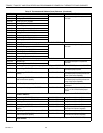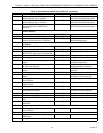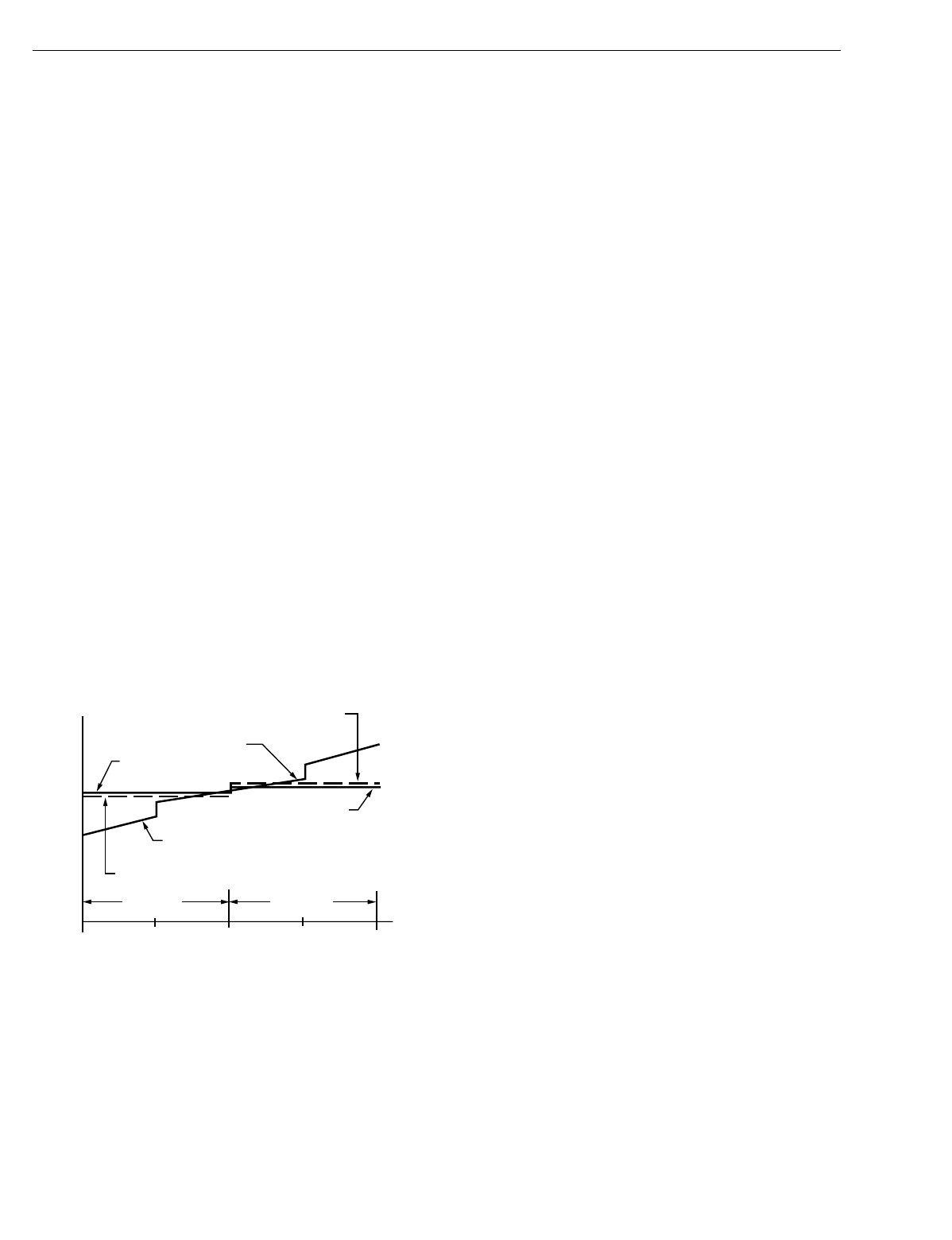
T7200D,E, T7300D,E,F AND Q7300 SERIES 2000 PROGRAMMABLE COMMERCIAL THERMOSTATS AND SUBBASES
63-4355—420
T7200/T7300 and Conventional Thermostats
P+I Control
The T7200/T7300 microprocessor based control requires that
the user understands temperature control and thermostat
performance. A conventional electromechanical or electronic
thermostat does not control temperature precisely at setpoint.
Typically, there is an offset (droop) in the control point as the
system load changes. This is a phenomenon that most people
in the industry know and accept. Many factors contribute to
offset including switch differential, thermal lag, overshoot,
cycle rates and system load.
The thermostat microprocessor simultaneously gathers,
compares and computes data. Using this data, it controls a
wide variety of functions. The special proprietary algorithm
(program) in the thermostat eliminates the factors causing
offset. This makes temperature control more accurate than
the conventional electromechanical or electronic thermostats.
The temperature control algorithm is called proportional plus
integral (P+I) control.
The thermostat sensor, located on the thermostat or remote,
senses the current space temperature. The proportional error
is calculated by comparing the sensed temperature to the
programmed setpoint. The deviation from the setpoint is the
proportional error.
The thermostat also determines integral error, which is a
deviation based on the length of error time. The sum of the
two errors is the (P+I) error. The cycle rate used to reach and
maintain the setpoint temperature is computed using the P+I.
The addition of the integral error is what differentiates the
thermostat from many other electronic and electromechanical
thermostats. See Fig. 18.
Fig. 18. Proportional temperature control
versus P+I temperature control.
Equipment Protection
As part of the operational sequence, the T7200/T7300
microprocessor also incorporates minimum on and off times
for all heating and cooling stages. Minimum on time is set in
the installer setup number 32. Using the minimum on and off
times assures that rapid cycling of equipment does not occur,
which extends equipment life. Minimum on and off times are
set in the Installer Setup.
T7200/T7300 Thermostat Operation
Startup
When power to the thermostat is turned on, a startup and
initialization program begins. The startup occurs only on initial
powerup. After total loss of power for an extended period, the
current time and day may need to be set, but the user
program is held. The initial default values are heating 68°F
(20°C) and cooling 78°F (26°C) for the Occupied periods.
Unoccupied default values are heating 55°F (13°C) and
cooling 90°F (32°C).
NOTE: The thermostat controls to the Unoccupied default
setpoints of 55°F (13°C) for heat and 90°F (32°C) for
cool when no program is set.
Occupied Operation
When the thermostat is operating in the Occupied period,
the temperature is controlled to the occupied heat or cool
setpoint. The normally open (A1) auxiliary relay contacts are
closed and the normally closed (A3) auxiliary relay contacts
are opened during the Occupied periods (if the subbase being
used has this option). The fan operates as follows: fan
selection can be set to On (always energized) or Auto (cycles
with Y1 or W1).
Unoccupied Operation
When the thermostat is operating in the Unoccupied period,
the temperature is controlled to the Unoccupied heat or cool
setpoint. The normally open (A1) relay contact is open and the
normally closed (A3) relay contact is closed. The fan operates
as follows: fan is always intermittent (cycles with Y1 or W1).
Intelligent Recovery® Feature
Intelligent Recovery is a Honeywell trademarked feature
for the way the thermostat controls heating and cooling
equipment during recovery from the Unoccupied to Occupied
setting. During recovery, the control point changes gradually
rather than shifting immediately from the energy saving
setting to the comfort setting.
When Intelligent Recovery is used in heating, the control point
raises gradually, maximizing the use of the more economical
first stage heat to bring the sensed temperature to the desired
comfort setpoint. This minimizes using the typically more
expensive second-stage heat.
Advantages of Intelligent Recovery are:
• Comfort setting is achieved at the programmed time and
maintained regardless of weather conditions; occupants
are comfortable.
• Drafts from low-temperature discharge air are minimized
during Occupied periods.
• The more economical first stage of heat is the primary heat
source during recovery, minimizing use of the expensive
second-stage heat.
• Comfort and energy savings can be achieved in both
heating and cooling.
• Heat cycling reduced, extending equipment life.
RECOVERY FROM UNOCCUPIED
The heat pump heat recovery ramp is 3°F (1.6°C) per hour.
This differs from the 5°F (2.8°C) per hour for conventional
systems. The 3°F helps the system use the economical heat
pump more and the expensive auxiliary heat less. The cooling
ramp is 5°F, the same as for conventional systems.
HEATING
COOLING
PERCENT LOAD
TEMPERATURE
THERMOSTAT
HEAT SETPOINT
P+I CONTROL
POINT
PROPORTIONAL COOL
CONTROL POINT
THERMOSTAT
COOL SETPOINT
P+I CONTROL POINT
PROPORTIONAL HEAT
CONTROL POINT
M4414
100 50 0 50 100



